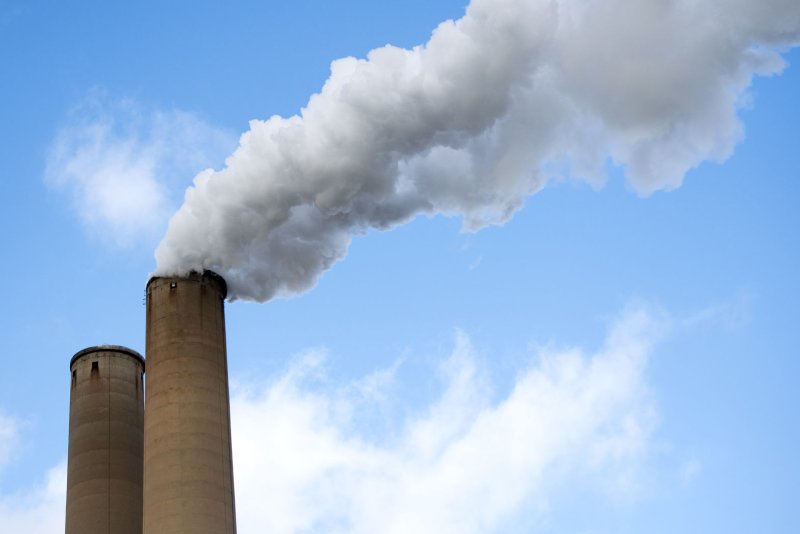Renewable forms of energy are making stride, but the global economy remains heavily dependent on fossil fuels, the IEA reports. File photo by Kevin Dietsch/UPI |
License Photo
March 22 (UPI) -- Though renewable forms of energy outpaced all others, fossil fuels accounted for more than 70 percent of the global demand growth last year, the IEA said.
The International Energy Agency reported Thursday that global energy demand growth increased last year by 2.1 percent from 2016. With the global economy accelerating, that was more than twice as high as the rate from 2016-17.
In part because of the increase in sales of large sport-utility vehicles and trucks in the world's leading economies, oil demand grew more than 1.6 percent last year, the IEA stated. That's more than twice the 10-year average.
In the United States, the world's largest economy, the Ford F-series is one of the highest selling vehicles on the market. It boasts an average of 24 miles per gallon on the highway for model year 2018, compared with the company's Fiesta line with 35 mpg. An electric model from Ford gets a comparable 96 mpg.
China, meanwhile, accounted for about 80 percent of the growth in natural gas consumption as its economy shifts to cleaner-burning fuels. Globally, natural gas consumption increased 3 percent from 2016, the highest rate for all fossil fuels.
The rest of Asia contributed to the 1 percent gain in coal demand, an about-face from declines seen over the last two years. In the United States, coal production is on pace to decline 5 percent this year, but increase 1 percent next year. U.S. coal exports, meanwhile, increased 61 percent last year, but should decline over the next two years.
The IEA reported that renewable forms of fuel met about 25 percent of global energy demand growth. For electricity-generation, renewables increased 6.3 percent from 2016, the fastest rate for any type of fuel.
"The robust global economy pushed up energy demand last year, which was mostly met by fossil fuels, while renewables made impressive strides," IEA Executive Director Fatih Birol said in a statement.
The Organization for Economic Cooperation and Development anticipates the global economy will grow by 3.9 percent in both 2018 and 2019. That's an improvement from the 3.7 percent growth in gross domestic product reported last year.
The OECD expects both the U.S. and Chinese economies slow down next year.















